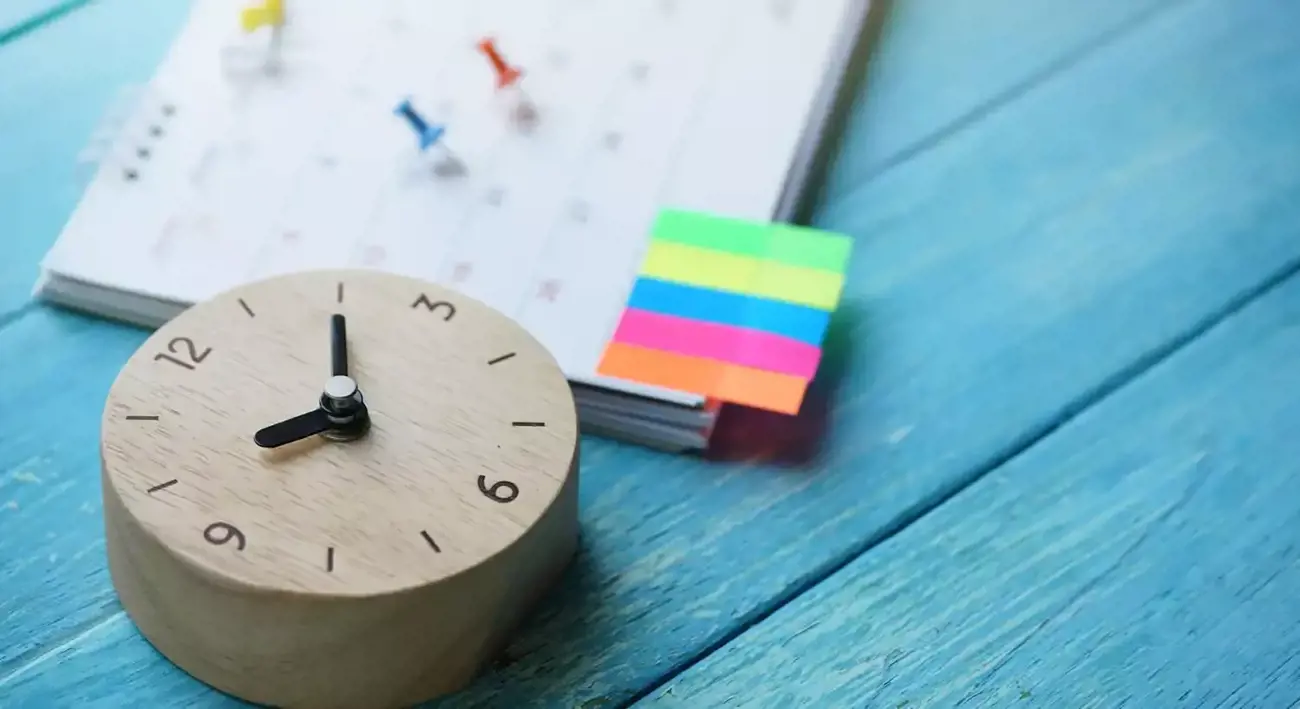Even the most ordinary routines have extraordinary benefits for your child. The simple action of washing hands after every toilet break or holding hands whenever they cross the road helps your little one to be healthy and safe, and these kinds of daily rituals are instrumental in teaching physical, social and emotional skills in your child’s early years.
Good routines have a positive effect on how they feel and behave, and because routines happen throughout your child’s day, you, your partner and their early childhood educators all play a part in establishing positive routines and using everyday actions to teach lifelong skills.
Here, we look at routines in more depth and see how you can complement child care routines and home routines to support your little one’s learning and development.
What’s the purpose of a good routine?
Routines are a constant in all our lives, and this is especially true during childhood when there are routines around eating, sleeping, personal hygiene and many of your child’s daily activities.
These routines often happen at the same time each day and involve the same procedures, and Goodstart says, ’Routines are like instructions that guide a child’s actions towards a specific goal.’
They explain that routines can be used to achieve many positive outcomes, but ‘two of the most important’ purposes are:
- Ensuring your child’s health and safety, e.g. by making sure they’re clean, well-rested and well-fed, and
- Helping them learn ‘positive, responsible behaviour’, e.g. how they manage themselves and interact with others.
This means that as well as helping to streamline your schedule and get essential tasks done, a good routine has a positive influence on how your child thinks, feels, acts and interacts.
Specifically, The Spoke says that routines provide regular opportunities to:
- Extend your child’s thinking, problem-solving skills and language development
- Build close and respectful relationships with parents, trusted care-givers and other children
- Support your child’s wellbeing and sense of belonging, e.g. ‘knowing what will happen next’ helps them feel safe and emotionally secure
- Encourage your child’s independence and autonomy as they learn self-help skills
- Support a strong sense of identity and make your child feel connected.
Routines are a key way to teach your under five physical skills, like doing up their own buttons or filling up their water bottle; and they also teach positive social skills, such as taking turns, sharing, learning to wait, helping others and communicating verbally.
Routines give your child a sense of purpose, too, and Goodstart says good routines help a youngster feel confident, in control and satisfied at what they can attempt and achieve on their own.
These efforts and successes can be celebrated at home and in the child care environment; and all in all, a lot of important learning and development can take place during routine moments.
What kinds of routines are followed at child care to achieve positive outcomes for your child?
From the moment your child hangs up their bag and says ‘hello’ at drop-off, they’re following good child care routines, and educators are keenly aware of the importance of these routines throughout the day.
Routines are used to stimulate your child’s thinking and enrich their learning, just like free play or organised activities do. For example:
- Your child might learn about maths and sequencing by counting plates, learning when a cup is ‘full’ or ‘empty,’ and following the same procedure when they set the lunch table or pack toys away.
- Your child’s educator may develop their language skills by naming each item that’s being used to care for the vegetable garden, discussing daily actions one-by-one and talking about what comes next.
- Your child’s self-help skills will also be encouraged at child care and this could involve your youngster pegging up their painting apron, washing their own plate or doing another independent task.
- Daily activities like mealtimes and storytime are also opportunities for your child to practise the positive social skills that will benefit them now and when they go to school.
Morning routines are designed to help your child transition from home to care, and if your little one is a baby or toddler, then caring and consistent routines around sleep, feeding and nappy changes will help them feel safe and secure.
Young children benefit from predictability and ‘knowing what’s going to happen next,’ but it’s also important to know that good child care routines aren’t set in stone.
The Spoke explains that consistent routines should also be flexible and responsive to support each child’s learning. So, instead of interrupting an ‘absorbing play experience’ to have the usual 10 o’clock snack, an educator may allow the experience to play out naturally in the minutes after that time.
How can you support child care routines at home?
Although every family has a different dynamic, routines around eating, napping, toileting and other daily habits can be carried over from child care to home. For instance, you might encourage your child to hang up their bag when they get home, sing ‘Happy Birthday’ twice when washing their hands or help to set the table like they do at care.
There’s also the option of creating complementary daily rituals (e.g. if your child tends to a pot plant at preschool, you could get them one for home); and positive social skills (like sharing and waiting) can be practised at home, at care and everywhere.
Your educator, or child, will be able to explain some of the good routines that are followed during the child care day, and you might find that some home routines can be carried out at child care (e.g. your baby might have a regular way of falling asleep with their blankie).
In any event, it’s important to see the value in routines, actively involve your child in them, and look for learning opportunities in everyday experiences. Good luck!
References
Further reading
11 ways to make child care mornings easier


































